-

School student examines expired sunscreens
Media release23 August 2018A 13-year-old Waikato school student has been testing his mother’s assurance that sunscreens past their expiry dates are still effective. -
Students tackle high skin cancer rates
Media release23 August 2018A group of year 12 students in South Auckland has been tackling one of New Zealand’s biggest health issues – our high skin cancer rate. -

Resources
This list of resources will support your climate change adaptation planning. -
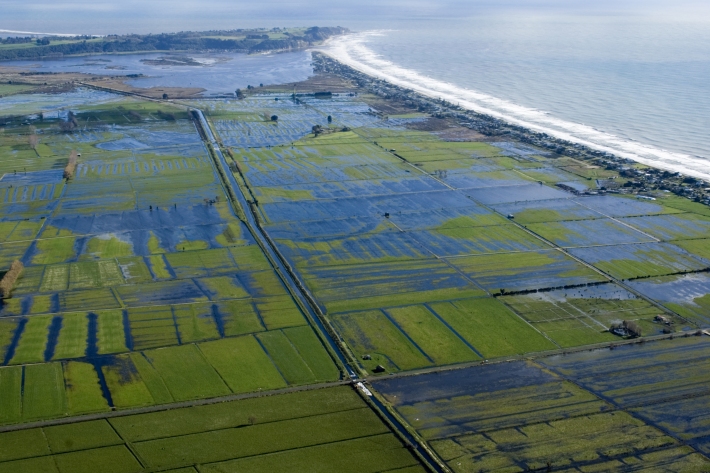
Step 5: Long-term planning
Adapting to climate change is dynamic and uncertain. This step provides guidance on how you can keep your analysis, decisions and responses relevant and up-to-date in a continually changing environment. -
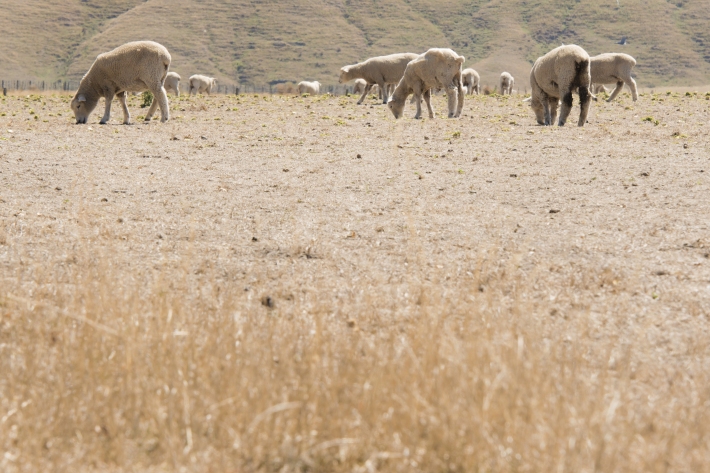
Step 4: What actions should you take?
This step will help you identify options for action, bearing in mind that often decisions have to be made with limited information. -
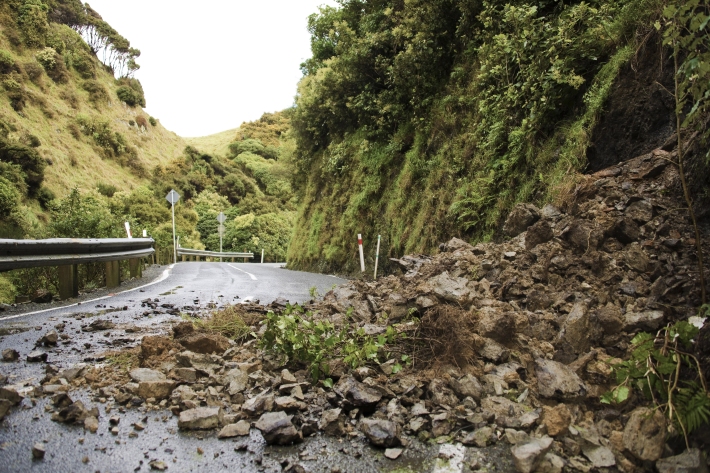
Step 3: How will climate change affect you?
In this step you will identify your climate change risks, compare them to other (non-climate) risks affecting you face and piroritise your responses. -
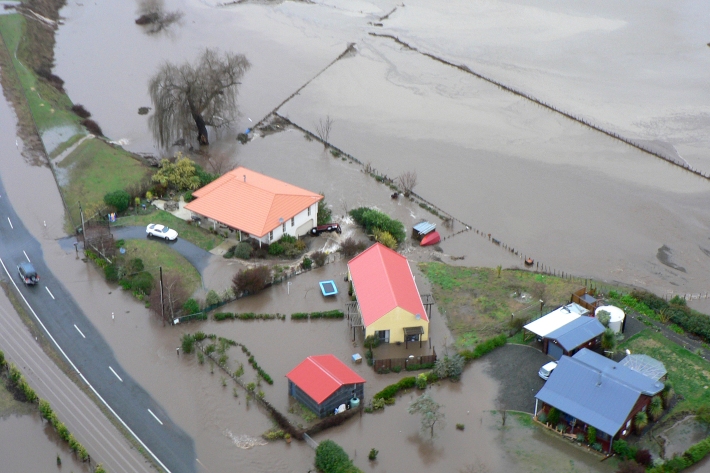
Step 2: How resilient are you to climate risks?
This step helps you assess your resilience to current climate risk. -

Step 1: Getting started
This step helps you understand risk, climate and adaptation, as well as reasons to adapt. -

Schoolgirl invents environmentally friendly dog pooper scooper
Media release14 August 2018A Tauranga school student has solved a crucial problem for dog owners in the face of a ban on plastic bags. -

Community project inspires scientists
Media release06 August 2018A project to restore a stream catchment in Kaikōura—damaged in the 2016 earthquake—is being described as inspirational by NIWA scientists. -

Scientist fills holes in Swiss cheese
Media release02 August 2018What do taewa Māori (Māori potatoes) and Swiss cheese have in common? For NIWA social scientist Stephen FitzHerbert it’s much more than a tasty snack. -
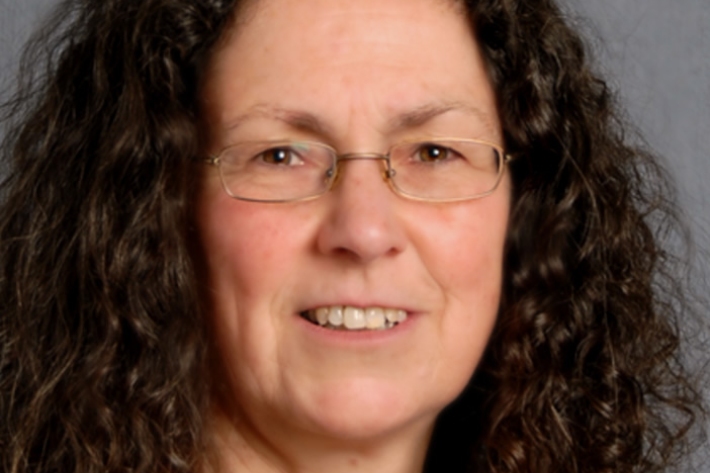
From small beginnings a valuable collection grows
Media release24 July 2018Cathy Kilroy is quick to admit she’s a person who doesn’t like throwing anything away.

